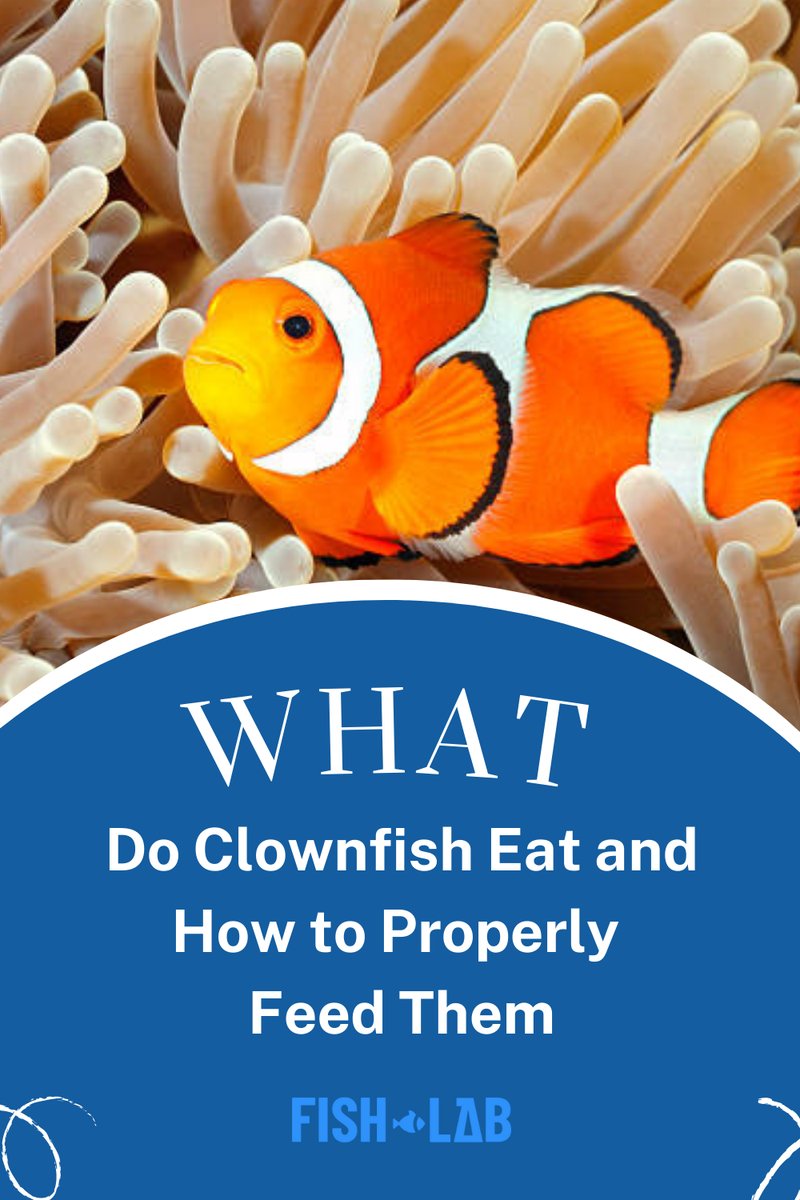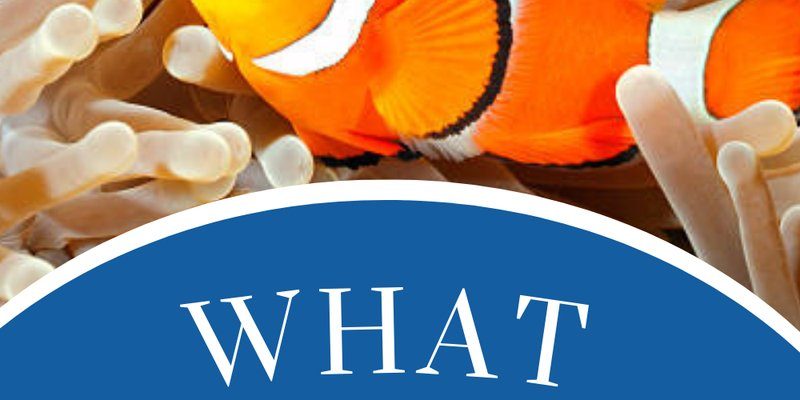
Clownfish are omnivorous, which means they feast on a mix of plant and animal matter. Think of it like a well-balanced meal that includes everything from a salad to a protein-rich dish. Whether you’re considering adding clownfish to your aquarium or just want to understand your current pets better, knowing what goes into their diet helps ensure they’re healthy and happy. We’ll dig into the types of foods you can offer them and some tips to make mealtime a treat.
Understanding Clownfish Diet
Clownfish have a naturally varied diet in the wild, and replicating that in your home aquarium is essential for their health. *Their natural feeding habits include*:
- Plankton
- Algae
- Small crustaceans
These fish thrive on a diet that mimics what they would find in their natural habitat. In simpler terms, clownfish are like little culinary explorers who enjoy a buffet of food options, and it’s up to you to serve them a delightful spread.
To replicate their natural diet, you should include both plant-based and protein-rich foods. This could mean introducing algae pellets, frozen brine shrimp, or even high-quality flake foods into their meals. Each type of food brings its unique flavor and texture, keeping your fish engaged and interested in their meals.
Best Foods for Clownfish
Now, you might be curious about the specifics of what to serve your clownfish. Here’s a handy breakdown of the best food options for them:
- High-quality flake food: Look for flakes specifically designed for marine fish. These often contain essential vitamins and nutrients.
- Frozen foods: Offer frozen brine shrimp, mysis shrimp, or even high-protein fish food cubes. These are great for variety!
- Pellets: Sinking pellets formulated for marine fish provide a balanced diet and are easy to feed.
- Live food: If you’re up for it, live foods like baby brine shrimp can be an exciting treat and stimulate natural hunting behavior.
When selecting food, be sure to check the ingredient list. Aim for foods that list marine proteins, vitamins, and essential fatty acids. Clownfish need these nutrients to stay vibrant and energetic.
Feeding Frequency and Portion Sizes
Feeding your clownfish involves more than just tossing in some flakes and calling it a day. Here’s where it gets a bit more nuanced. Clownfish typically require feeding 2–3 times a day.
You might be wondering, “How much should I feed them?” Good question! The rule of thumb is to offer only as much food as they can eat in 2–3 minutes.
Think of it this way: if you’re trying out a new restaurant, you wouldn’t want to fill your plate to the brim on your first visit, right? The same concept applies to clownfish. Overfeeding can lead to water quality issues and, unfortunately, health problems for your fish.
A simple feeding routine can make all the difference. Establish a set time for meals, and your fish will quickly learn to anticipate dinner, making for a cute little routine.
How to Introduce New Foods
If you’re changing up your clownfish’s diet or introducing new foods, it’s crucial to do it slowly. You don’t want to shock their system! Consider these tips for a smooth transition:
1. Start Small: Begin with tiny amounts of the new food alongside their regular diet. This way, they can gradually acclimate to the new tastes.
2. Observe Their Reaction: Watch to see how your clownfish respond. If they gobble it up, that’s a great sign! However, if they seem hesitant, don’t force it.
3. Mix It Up: Once they’re comfortable, start mixing new foods into their meals. This keeps their diet varied and interesting.
Honestly, getting your clownfish used to new foods is like introducing a new dish at a family dinner. It might take some time, but eventually, they’ll be diving right in!
Common Feeding Mistakes to Avoid
Even seasoned aquarium owners can fall into traps when it comes to feeding their clownfish. Here are some common mistakes to avoid:
- Overfeeding: This is probably the biggest mistake. It can lead to water quality issues and health problems.
- Neglecting Variety: Sticking to one food type can lead to nutritional deficiencies. Mix it up!
- Ignoring Water Quality: Food left uneaten can pollute the tank. Always clean up after meals.
Here’s the thing: keeping your clownfish healthy isn’t just about food. It’s also about maintaining a clean and stable environment. Regular water changes and monitoring water parameters play a big role in their health too.
Feeding Clownfish in a Community Tank
If you have a community tank with other fish, feeding clownfish can be a little trickier. They might be shy or timid, especially around more aggressive fish. Here are some tips for feeding in a mixed environment:
1. Use Feeding Stations: Try directing the food to a specific corner or area of the tank. This gives your clownfish a safe spot to eat without competition.
2. Feed at Different Times: If you have more dominant fish, consider feeding your clownfish separately for a few minutes before introducing food to the rest of the tank.
3. Watch for Others: Keep an eye on the tank dynamics. If you notice bullying behavior, adjusting how and when you feed can help keep peace.
It’s all about finding a balance that allows everyone to feed without stress.
Understanding what clownfish eat is vital for their happiness and longevity. By providing a balanced diet full of varied foods, maintaining a consistent feeding schedule, and avoiding common pitfalls, you can create a thriving environment for your clownfish. Remember that feeding is just one piece of the puzzle; keeping their habitat clean and welcoming is equally important.
So next time you watch your clownfish darting around, you can feel good knowing you’ve got their meal plan covered! Just like any good chef would, keep trying new ingredients, and your aquatic friends will thank you with their playful antics and vibrant colors.

